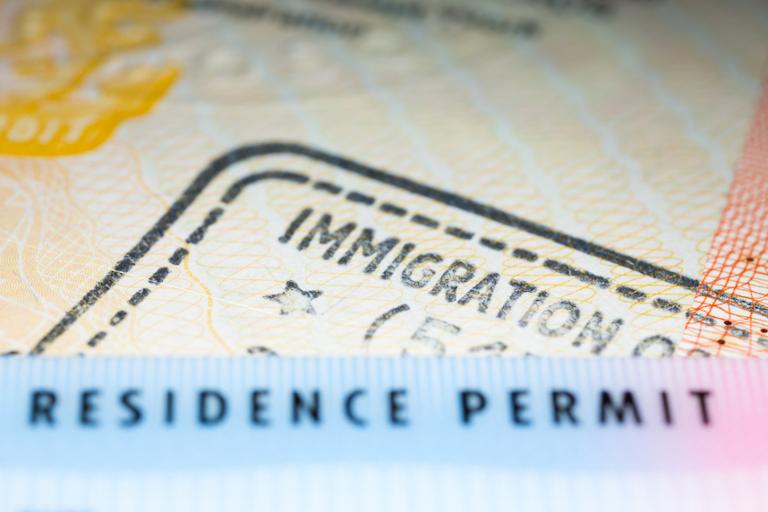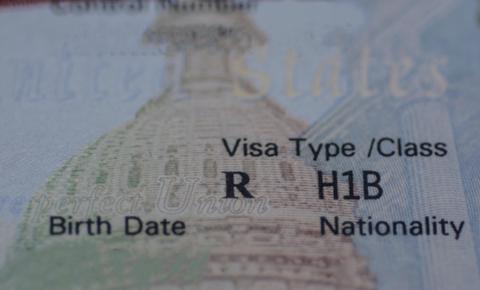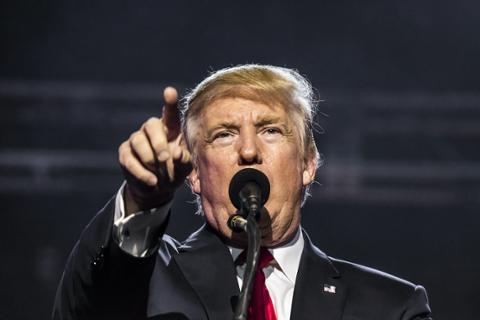The U.S. Department of Labor (DOL) is arguing that the “prevailing wage” for H-1B workers has been set far too low, allowing companies to use the visa to replace domestic technologists.
That argument comes as part of the DOL’s sweeping attempt to redefine the parameters and salary of the H-1B visa. This Interim Final Rule, which may go into effect within weeks, will require H-1B applicants to have a college degree in their actual field, shorten the visa lengths for certain kinds of contract workers, and boost the salaries that employers must pay their H-1B workers.
The DOL broke down what some of the largest corporate users of the H-1B program pay visa applicants, and then compared that to the prevailing wage rates for H-1B workers. Here’s that chart; as you can see, some firms (such as Amazon and Google) pay significantly above the prevailing wage, while others (such as Oracle) are almost level:
“If the Department’s current prevailing wage levels accurately reflected earnings for similarly employed U.S. workers,” the DOL wrote, “then these major differences between actual wages paid to some H-1B workers and the otherwise applicable prevailing wage levels would not be as common.”
If the wages are well about the prevailing wages, according to the DOL’s logic, then the latter is too low, and “thus can be abused by other firms to replace U.S. workers with lower-wage foreign workers in cases where those firms do not have similarly employed workers on their jobsites whose actual wages would be used to set the wage for H-1B workers.”
As you might expect, though, not everyone agrees with the DOL’s decision to radically retool the H-1B visa. In a column in Forbes, Stuart Anderson, the executive director for the National Foundation for American Policy (NFAP), suggests that the Interim Final Rule is basing its arguments off outdated statistics, especially with regard to the unemployment rate.
In essence, Anderson argues that the true unemployment rate among technologists is too low to justify such sweeping reforms, especially if the DOL is basing those changes on the assumption that domestic technologists can’t find jobs. To support that argument, he quotes an NFAP report: “The 4.6% unemployment rate in those occupations has been exceeded in 51 individual months… and the Department of Labor never previously cited it as a reason to issue a regulation to change H-1B prevailing wage rates, including immediately as an interim final rule.”
Meanwhile, an opinion piece by Nolan Rappaport in The Hill argues that raising the prevailing wage for H-1B visas is the only way to prevent general suppression of salaries for everyone in tech.
Whether any adjustments to the H-1B’s prevailing wage will “stick,” of course, hinges largely on the upcoming election. Trump’s temporary ban on the H-1B and other visas was struck down recently by United States District Judge Jeffrey S. White’s ruling in National Association of Manufacturers, et al. v. U.S. Department of Homeland Security,forcing a major change in the Trump administration’s overall visa strategy.


